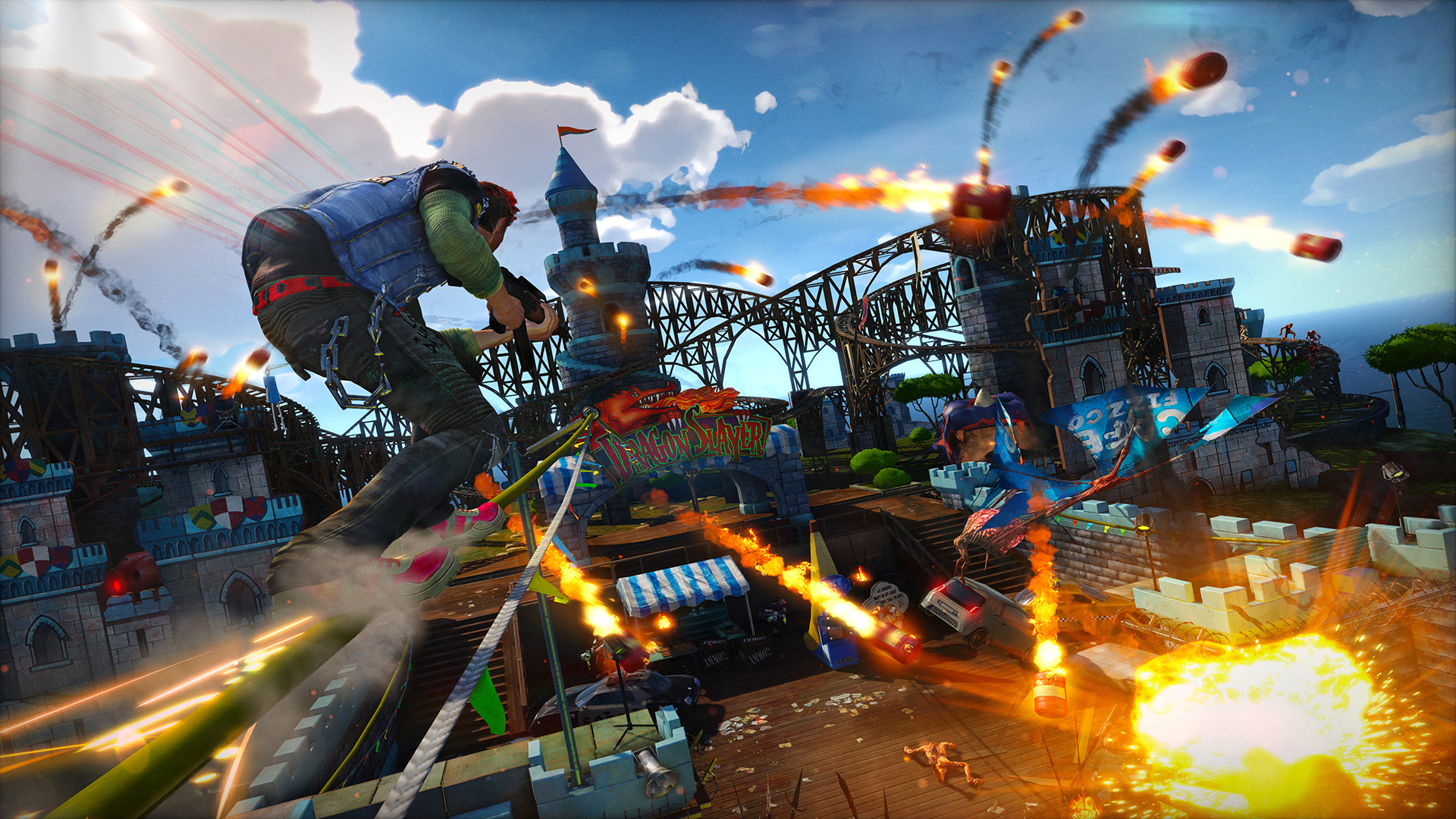Winding Up the Past: Clockwork Knight Sega Saturn Review
Clockwork Knight is a platformer game developed by Sega and it was released in 1994 for the Sega Saturn. The game centers around a toy knight named Pepperouchau, who comes to life and sets out on a journey to save his lover, the Clockwork Fairy Princess from the Toy Kingdom’s clutches. Clockwork Knight was one of the few games that demonstrated the Sega Saturn’s hardware capability and features. The game’s unique charm and gameplay mechanics stood out from other platformers of that era. From the inventive level design that made players feel like they were exploring a magical toy world, to the vibrant art style that brought every aspect of the game to life, Clockwork Knight was a game that stayed with players long after they finished it. In this article, we’ll delve into the historical background of Clockwork Knight and its impact on the Sega Saturn console. We’ll also discuss the game’s unique features and gameplay mechanics that made it such a beloved classic. Clockwork Knight Sega Saturn Review: Storyline and Gameplay When the Sega Saturn was released in the mid-1990s, it had a lot of competition from other consoles, such as Sony’s PlayStation and Nintendo’s N64. However, one game that stood out was “Clockwork Knight” by Sega. Developed by Sega AM7, “Clockwork Knight” is a side-scrolling action game that offers stunning visuals, impressive gameplay mechanics, as well as a charming storyline to keep players hooked. Set in a house where toys come to life, players control Sir Pepperouchau III, a clockwork knight tasked with rescuing a damsel in distress, Princess Chelsea, from the evil Baron Aloha. Throughout the game, Sir Pepperouchau III must navigate through different rooms of the house, overcoming obstacles and enemies in his quest to save Princess Chelsea. The gameplay of “Clockwork Knight” is imaginative and well-executed. Players are given control of Sir Pepperouchau III as he moves through different levels, avoiding enemies and obstacles while collecting keys and other items. The game also includes various power-ups, such as shields and health-restoring items, to help players progress. One of the most impressive aspects of “Clockwork Knight” is its level design. Each level is unique and offers a variety of challenges for players to overcome. The game’s puzzles are cleverly designed, and they require players to use both their wits and reflexes to succeed. The game’s strengths lie in its lovable characters, charming story, and well-executed gameplay mechanics. The clockwork knight, Sir Pepperouchau III, and his nemesis, Baron Aloha, are both well-designed characters that add personality to the game. The game’s story is also one of its strengths, as it provides a memorable experience for players. One of the game’s weaknesses is its slight lack of difficulty. The game is relatively easy, and experienced players may find it too simplistic. Additionally, the game’s controls can be somewhat unresponsive at times, which could lead to frustration. Overall, “Clockwork Knight” for the Sega Saturn offers an impressive experience, with its imaginative and well-executed gameplay mechanics, charming storyline, and lovable characters. Its unique visual style and level design make it stand out among other side-scrolling action games. If you’re a fan of retro gaming or just want to experience a fun and imaginative game, then “Clockwork Knight” is a must-play. Graphics and Sound Design When it comes to evaluating video games, graphics and sound design are important factors that can make or break the overall experience. Clockwork Knight features unique visuals and sound design that help set it apart from other games on the Sega Saturn console. From a graphics standpoint, Clockwork Knight has aged well, particularly given its age of release. The game features a unique art style that combines 2D and 3D elements. The backgrounds and settings are visually rich and varied, ranging from toybox interiors to Christmas-themed levels. The art style is consistent and engaging throughout the game, and it’s clear that the developers put a lot of effort into it. The sound design in Clockwork Knight is another standout feature and helps to elevate the game’s atmosphere and gameplay. The game features a whimsical soundtrack that perfectly complements its art style and overall theme. The sound design also plays a critical role in gameplay, with sound effects used to convey essential information such as the presence of enemies or the location of hidden items. One example of this is the sound made by the game’s main character, a wind-up toy knight, when you’re running out of time to complete a level. The tick-tock sound lets you know that you need to hurry, adding tension to the gameplay and keeping you on your toes. Overall, the graphics and sound design in Clockwork Knight are impressive for their time and still hold up relatively well today. They’re a testament to the creativity and talent of the development team, who clearly put a lot of effort into making this a unique and engaging gaming experience. Reception and Legacy Released in 1994, Clockwork Knight received mixed reviews from critics and audiences. While some praised the game’s innovative graphics and unique gameplay mechanics, others criticized it for its level design and overall lack of challenge. Despite these mixed reviews, Clockwork Knight maintains a dedicated fanbase and has become a cult classic among retro gaming enthusiasts. Its influence on the gaming industry is tangible, particularly in its focus on 2.5D graphics and animated cutscenes. Clockwork Knight’s significance in the Sega Saturn’s library of games cannot be overlooked. As one of the console’s launch titles, it helped define the console’s identity and attracted a new generation of gamers. Its sequels, which were released in subsequent years, added new elements to the gameplay and expanded the game’s lore, cementing its place in gaming history. Clockwork Knight may not have been a commercial success, but its legacy lives on in the hearts of those who played it and in the games that followed in its footsteps. Conclusion After analyzing Clockwork Knight on the Sega Saturn, it is clear that this game is a



